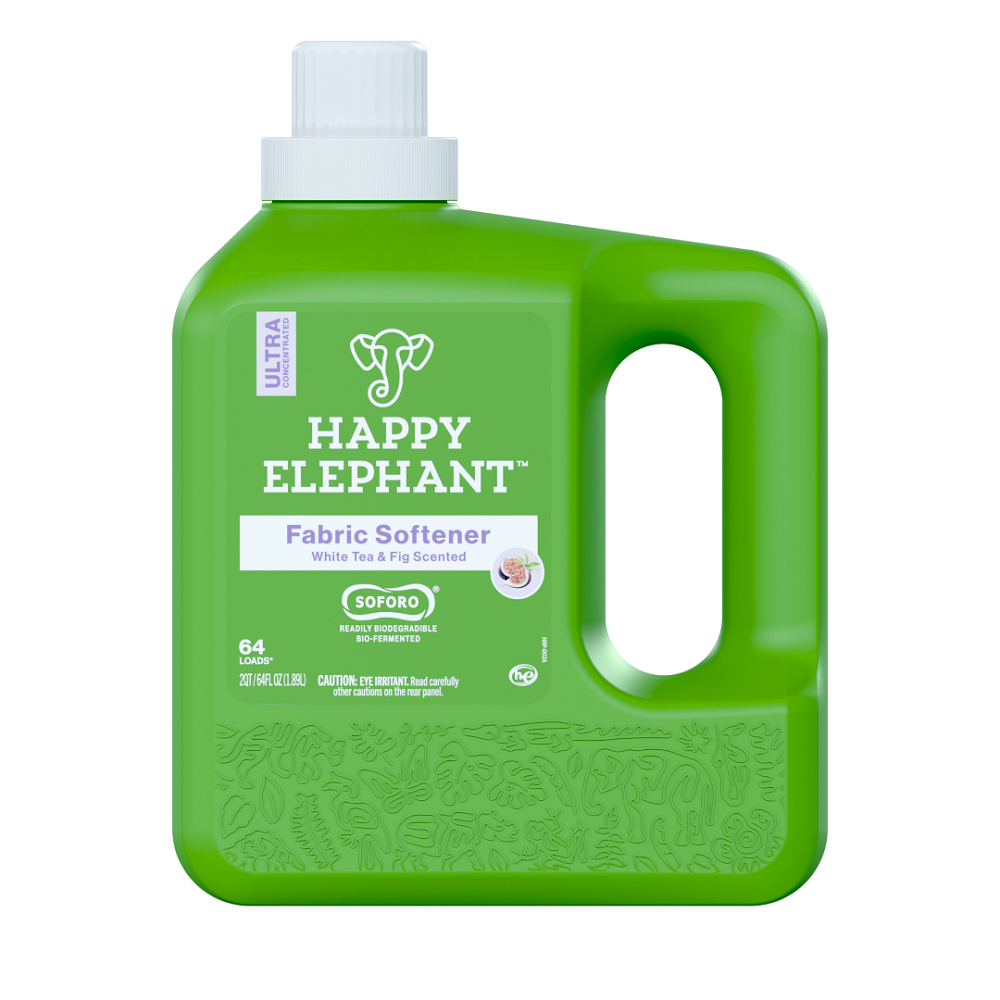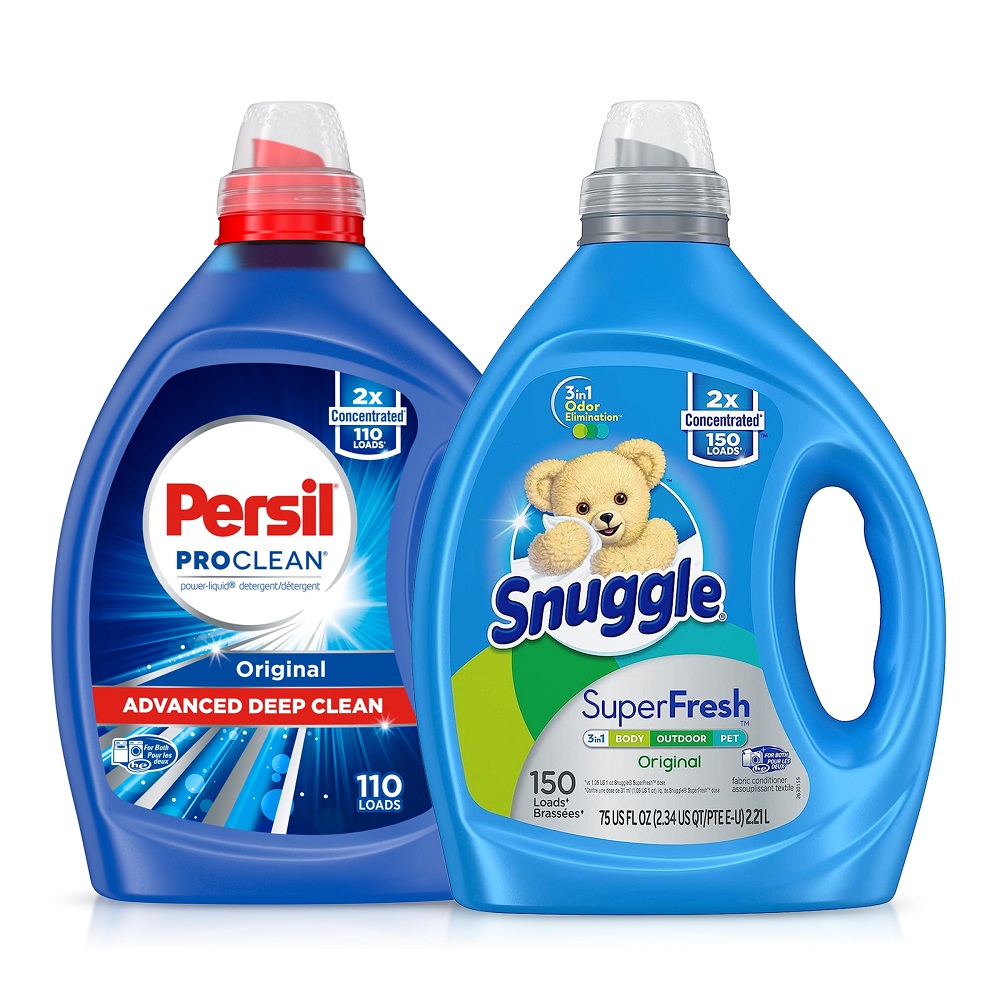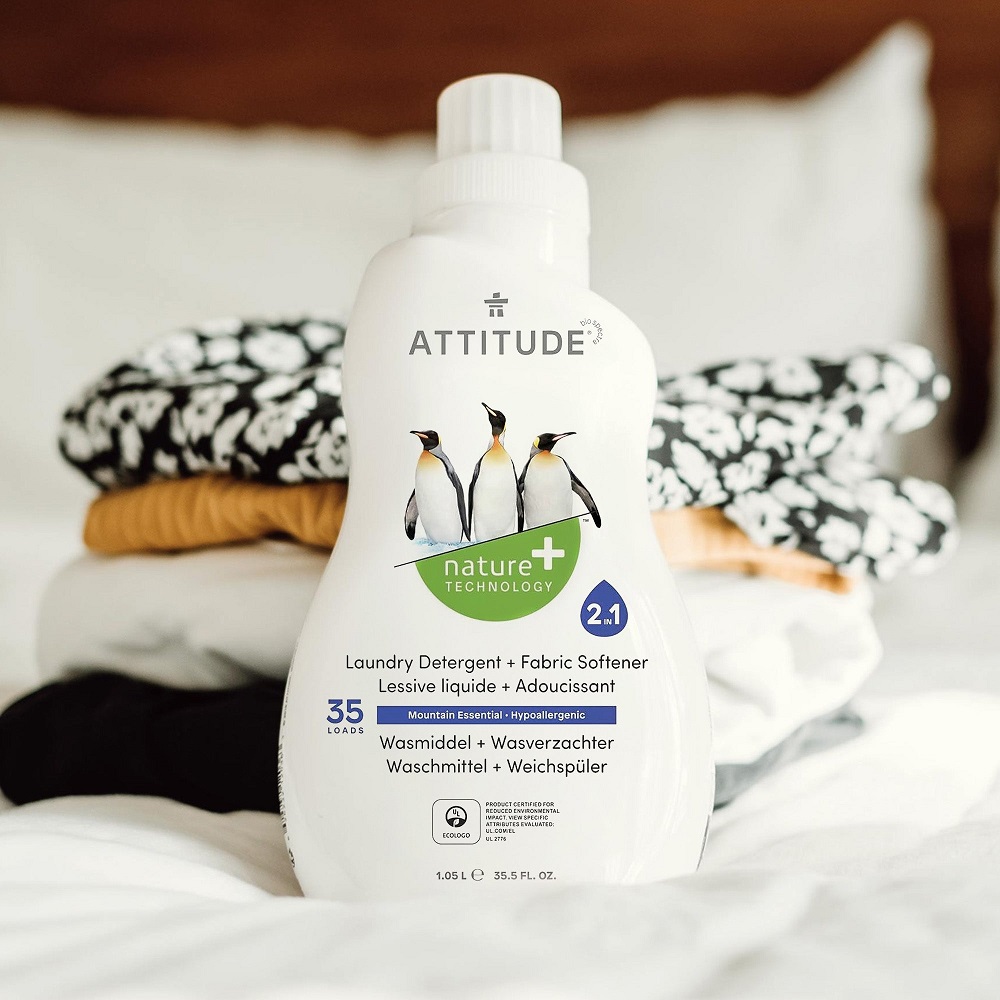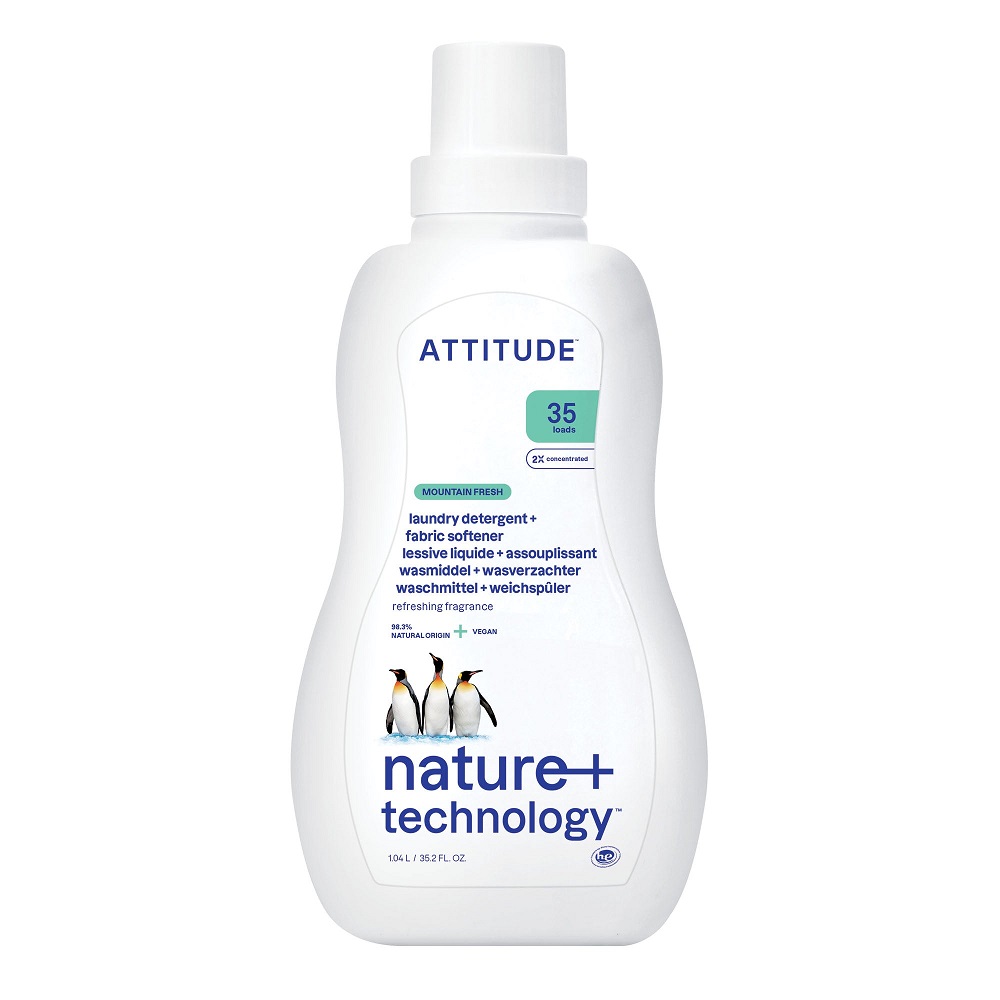Introduction
When it comes to doing laundry, two crucial products often come into play: fabric softeners and detergents. Many people assume that these two products serve the same purpose. However, they have distinct roles in the laundry process. Understanding them can enhance your laundry experience, making your clothes cleaner and more comfortable.
What is Detergent?
To grasp the essence of laundry products, it’s vital to start with detergent. Laundry detergent is formulated to remove stains and dirt from fabrics. It contains surfactants that work by binding to dirt and oil, allowing them to be washed away with water. Detergents come in various forms, including liquid, powder, and pods. Each form has its benefits and drawbacks.
Components of Detergent
Detergents usually contain a combination of ingredients. The main ones include surfactants, enzymes, built-in bleaches, and other boosters. Surfactants are the primary agents that lift dirt off fabrics. Enzymes break down proteins, starches, and other organic materials. Built-in bleaches help to brighten whites and remove tough stains. Additional boosters may improve cleaning performance in hard water or enhance fragrance. Each component serves a unique function, ensuring your laundry emerges clean and fresh.
Types of Detergents
Several types of detergents exist, catering to various needs. For instance, there are high-efficiency (HE) detergents designed for front-loading washers. They use less water and are more concentrated than traditional detergents. There are also specialized detergents for delicate fabrics, such as silk or wool. These can be either gentle liquid formulas or specially formulated powders. Choosing the right detergent can make a significant difference in your laundry outcomes.
How Detergent Works
Understanding how detergent works can demystify the laundry process. When you add detergent to water, it creates a mixture that interacts with the fabric and stains. The surfactants lower the water’s surface tension, allowing the mixture to penetrate the fibers of the fabric. Enzymes then break down any stubborn stains, ensuring the dirt is effectively removed during the agitation phase of washing. Finally, rinsing removes both dirt and suds, leaving your clothes clean.
Common Misconceptions
Many people have misconceptions about detergent usage. One common myth is that using more detergent guarantees cleaner clothes. In reality, using too much detergent can leave residue. This can cause fabrics to feel stiff or even lead to build-up in your washing machine over time. It’s essential to read the instructions on the detergent packaging carefully. Using the right amount can enhance the cleaning process and keep your clothes in optimal condition.
What is Fabric Softener?
Next, let’s delve into fabric softeners. Unlike detergents, fabric softeners do not cleanse clothes. Instead, they are used to soften fabrics. They also reduce static cling and make ironing easier. Fabric softeners come in liquid form and dryer sheets. While they serve distinct functions from detergents, they often get used together in the laundry process.
How Fabric Softener Works
Fabric softener works through a different mechanism than detergent. It typically contains cationic surfactants, which are positively charged. When added to the rinse cycle, these ingredients bond with negatively charged fabric fibers. This bond helps to reduce friction between fibers, making clothes feel softer and more comfortable against the skin. Additionally, fabric softeners can add a pleasant scent to your laundry, which is a bonus for many people.
Benefits of Using Fabric Softener
Using fabric softener has several advantages. First and foremost, it enhances the feel of fabrics. Clothes emerge from the wash soft and smooth, making them comfortable to wear. This is especially important for items like sheets and towels, which people use against their skin. Moreover, fabric softener can help to reduce static cling. This makes getting dressed less of a hassle, especially in winter months when static electricity can be particularly troublesome.
Types of Fabric Softeners
Fabric softeners come in various types, catering to specific needs. Liquid softeners are added during the rinse cycle, while dryer sheets are placed in the dryer. Some brands even offer concentrated formulas that require smaller amounts to achieve the same level of softness. A few eco-friendly options are available as well, made from natural ingredients. These alternatives can be more suitable for sensitive skin or those looking to minimize their environmental impact.
Common Misconceptions
Just as with detergents, there are misconceptions surrounding fabric softeners. One common belief is that fabric softeners can replace detergent. This is incorrect; fabric softeners do not clean clothes. Another misconception is that using fabric softener on all fabrics is acceptable. Some items, like microfiber or moisture-wicking athletic wear, can lose their effectiveness if treated with softeners. It’s crucial to read care labels before using these products.
The Relationship Between Detergent and Fabric Softener
Understanding the interplay between detergent and fabric softener can optimize your laundry routine. While both products may be used in the same workflow, their roles are contrasting. Detergent is essential for cleaning, while fabric softener enhances the feel and reduces static cling.
Usage Timing
Knowing when to use each product is important. Detergent should be added at the beginning of the wash cycle, as it needs to interact with the fabric and water to effectively remove dirt and stains. On the other hand, fabric softener should be added during the rinse cycle. This timing allows it to bond with the fabric fibers without interfering with the cleaning process.
Best Practices for Use
To get the best results, it’s beneficial to understand best practices for using both products. For instance, measure out the correct amount of detergent based on your load size, water softness, and level of soil. For fabric softener, use the recommended amount found on the label. Overuse of either product can lead to undesirable effects, such as stiff fabrics or residue buildup.
Potential Problems
When used incorrectly, these products can create a range of issues. Detergent residue may lead to clothes feeling rough or stiff. Similarly, fabric softener can leave behind a greasy film on some fabrics if overused. Additionally, using fabric softener with certain fabrics can diminish their performance. For instance, using softener on towels may reduce their absorbency. Awareness of these issues helps ensure the longevity of your fabrics.
Choosing the Right Products for Your Needs
Finding the right detergent and fabric softener can significantly improve your laundry experience. Consider factors like fabric type, level of soiling, and personal preference when making your choice.
Fabric Type Consideration
The type of fabric you wash impacts your choice of detergent and softener. For heavy-duty fabrics like cotton, a traditional powder detergent may be ideal. For delicate fabrics like silk, a specialized gentle formula may be more suitable. Likewise, consider whether you want softener for specific items or prefer a general-use product. Reading labels will guide you in finding the right option.
Level of Soiling
The level of soil on your clothes also plays a critical role in product selection. If you often deal with tough stains, choose a detergent that specializes in stain removal. Conversely, if your laundry is mostly lightly soiled, a standard formulation should suffice. Fabric softeners can be helpful for frequently washed items that require both comfort and cleanliness.
Personal Preference
Personal preference can also dictate your choices. Those who favor a fresh scent may gravitate toward softeners with strong fragrances. Meanwhile, eco-conscious consumers may prefer biodegradable detergents and natural softeners. By keeping personal preferences in mind, you can tailor your laundry routine to fit your lifestyle.
Achieving the Best Results
To achieve optimal results, follow the manufacturer’s instructions for both detergent and fabric softener. Additionally, consider your washing machine’s settings and load capacities. Avoid overcrowding your washing machine to allow for optimal cleaning and rinsing. An effective combination of the right products and correct usage can result in clean, fresh, and soft laundry every time.
Conclusion: Making an Informed Decision
Fabric Softener vs. Detergent? In the end, understanding the differences between fabric softener and detergent is essential for achieving laundry success. Each product has its specific purpose—detergent for cleaning and fabric softener for enhancing comfort. By using both effectively, you can ensure that your laundry comes out not only clean but also soft and pleasant to wear.
Being informed allows you to make better choices. You’ll know when to use each and how to select the right products. This knowledge leads to improved fabric care and superior laundry results. Whether you prefer liquid, powder, or eco-friendly options, knowing the fundamental differences ensures your laundry experience is smooth and hassle-free.
As you continue to explore the world of laundry products, remember these tips. With a little understanding and the right choices, you can elevate your laundry routine and enjoy wonderfully clean and soft clothes every time. This simple knowledge can make your household chores more enjoyable and help extend the life of your fabrics. By effectively pairing the two products, you can strike a balance between cleanliness and comfort, making laundry day a little less daunting.



